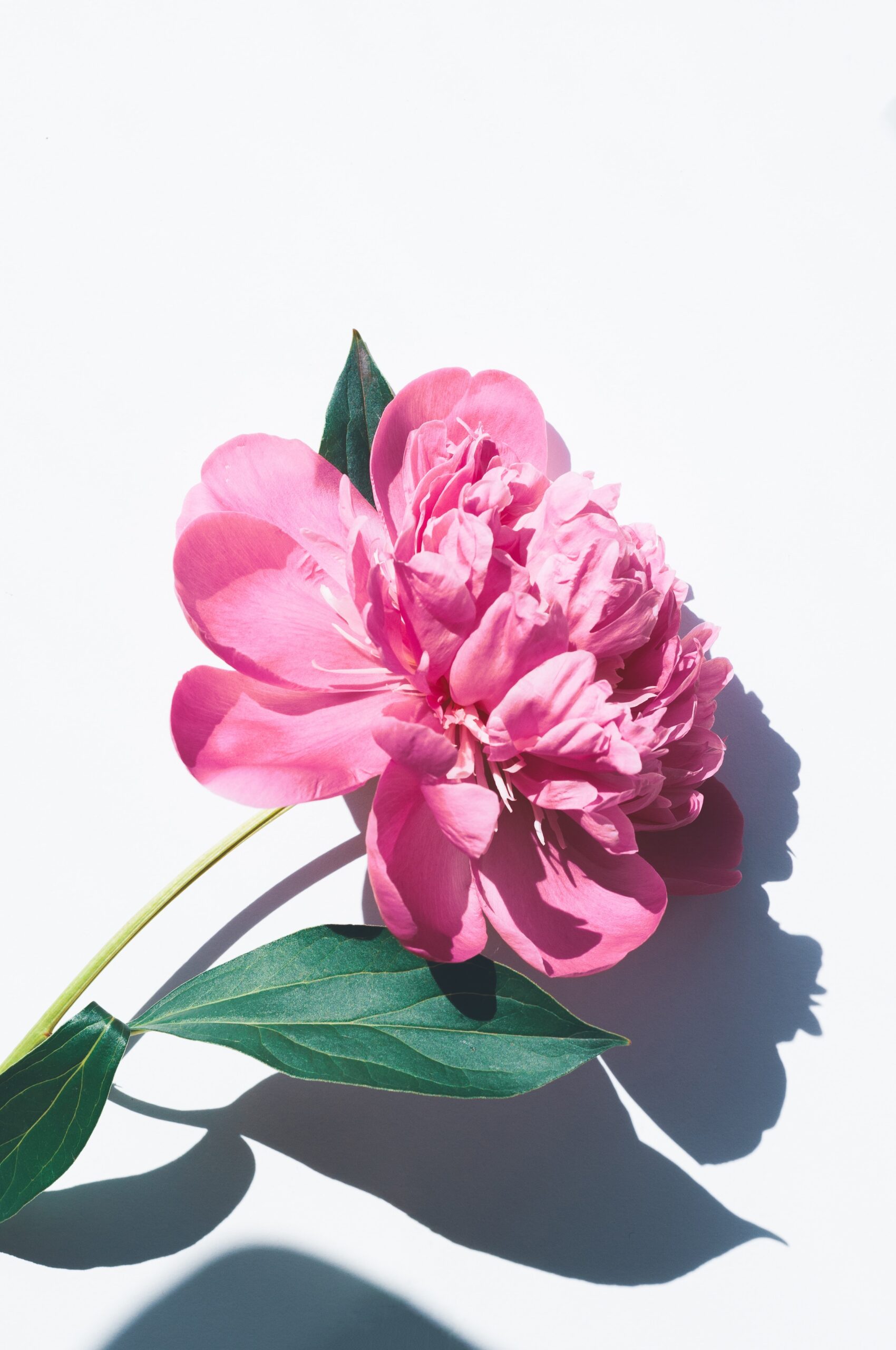Peonies are beautiful and easy-to-care-for flowering perennial bushes. Bearing large blooms in spring and attractive foliage in non-blooming times, peonies are a wonderful addition to almost every landscape. Available in colors of red, pink, white, peach, yellow, cream, and beyond, peonies are sure to grab the eye. There are three main types of peony: herbaceous, tree, and Itoh.
Herbaceous Peony
Herbaceous peonies are the most common, with a variety of colors and bloom formations widely available. Also known as bush peonies, these long-living perennials require little care once established. Herbaceous peony blooms in late spring to early summer, maintains its attractive bushy foliage through fall, then dies back to the ground completely in the winter. New shoots emerge in the spring to begin the cycle anew.
Tree Peony
Tree peonies bloom earlier than either herbaceous or Itho varieties and have larger blooms. The woody stem of the tree peony will remain after the leaves drop in the fall, with new leaves emerging from the same stem year after year. Slow-growing tree peonies do not like to be moved once planted but can reach impressive heights of up to seven feet tall (depending upon the variety planted) if allowed to develop over time.
Itho Peony
Itho peonies, also known as intersectional peonies, are created by crossing herbaceous and tree peonies. The resulting plants share qualities of both parents, having lush green foliage, a wide variety of colors, sturdy stalks, and large flowers. Like herbaceous varieties, Itho peonies die back completely in winter, growing new stems each spring.
No matter the variety you choose, peonies are best planted in the fall before the first frost. Established peonies have deep roots, making them poor candidates for transplantation. So choose your spot wisely before planting. Peony flower buds secrete sweet nectar before blooming that attracts ants, so keep that in mind when selecting a planting location.
